
India’s Loitering Munitions: Building ‘Atmanirbharta’ For Lethal Battlefield Engagements!

In a cornerstone advancement towards indigenization of battlefield capability, the Indian Air Force (IAF) received its first consignment of ALS-50 indigenous Loitering Munitions (LM) from Tata Advanced Systems Limited (TASL) earlier this month. The ALS-50 was first showcased at DefExpo-2022, amongst other LMs fielded by indigenous vendors (read more @ https://chanakyaforum.com/defexpo-2022-a-marque-of-atmanirbharta-in-defence/) and is part of a new generation of indigenous hybrid UAVs (read about hybrid UAVs @ https://chanakyaforum.com/hybrid-uavs-the-advent-of-responsive-combat-capability/). The ALS-50 is an autonomous LM with a 23 Kg payload and is designed for Vertical Take-off/Landing (VTOL). The LM successfully completed rigorous VTOL trials and high-altitude trials in Leh before accurately destroying a ground target at Pokhran Field Firing Ranges, Rajasthan in September last year. The LM incidentally received the Raksha Mantri’s Award for Excellence in Defence and Aerospace Sector in October 2022!

ALS-50 at DefExpo-2022: Source-swarajyamag.com
Why Does India Require LMs?
It is postulated that LMs fit into the operational niche between cruise missiles and Unmanned Combat Aerial Vehicles (UCAVs)- the LM itself is the munition, akin to a missile; while it possesses the maneuverability/ ‘controllability’ of a UCAV. The Indian Armed Forces (AF) quest to significantly enhance multi-domain lethality would therefore see progress with the advent/acquisition of LMs. These machines can be launched from low-visibility mobile launchers, attain necessary altitude above the adversary’s short-range Air Defence weapons if required , covertly loiter for protracted periods over enemy territory/contested areas seeking out potential targets, and convert into a ‘kamikaze’ drone before swooping in to destroy an unsuspecting target on the ground/over the water or switch targets /abort a mission for re-use, thus enhancing battlefield flexibility. Such intrinsic capabilities to survive over a tactical battlespace and attack an adversary target at will, truly makes the LM a weapon to be contended with in the present and future battlefields.

The functionality of a Typical LM: Source-researchgate.net
The operational battlespaces across India’s land/maritime borders are characterized by a few salient aspects, which would dictate fruitful employment of LMs, as follows: –
- The Indian Army (IA) needs to be prepared for conventional operations over developed terrain/deserts along the Western Front, characterized by fast-paced manoeuvers, where autonomous UCAVs/LMs would prove invaluable in scoring tactical successes. Additionally, Counter-Terrorism operations in the hinterland and along the Line of Control (LC) would require quick response to rapidly developing situations, where opportunities for neutralization of terrorists would be fleeting and where operations need to be undertaken with minimum collateral damage. LMs, operating over suspected areas of ingress within their territory/across the LC in ‘search’ mode to pick out terrorist camps/ launchpads, would prove a force multiplier in prosecuting such operations.
- Regions astride the Line of Actual Control (LAC) along India’s Northern Borders with China are characterized by limited deployment areas immediately astride the LAC, connected by passes (avenues of ingress for both sides); with several vast open areas in the hinterland for amassing troops/war equipment. LMs would prove indispensable in such a ‘race’ to support trans-LAC operations/ deny these passes to the adversary. Similarly, LMs in ‘search and destroy’ mode could be employed to interdict/ attrite troop concentrations away from the LAC.
- The Indian Navy (IN) could effectively employ LMs in conventional operations to assist in ‘sea denial’ as well as in anti-piracy/anti-smuggling operations along the littorals.
- The IAF would need to look at future integration of the LM into the Manned-Unmanned Teaming paradigm as an ‘unmanned wingman’, with partial/full control over the LM in Counter Surface Force/Counter Air Operations, for the engagement of targets on ground/support infrastructure of the adversary.
What Are the Armed Forces’ Options for Acquisition?
LMs have arguably been in operations since the Lebanon War, wherein the Israelis used UAVs as loitering ‘decoys’/anti-radar munitions against Syrian Surface to Air Missiles sites, preceding their destruction by the Israeli Air Force.
India has recognized the role of LMs in the operational/tactical battlespace and is seeking a tranche of approximately 1000 LM to meet immediate operational requirements. The AF began the induction of LMs with the IAF’s earlier acquisition in 2009 of 10 pieces of the Harop LM, manufactured by Israel Aerospace Industries (IAI), with a similar follow-on order. Incidentally, the Harop was publicly unveiled to the world for the first time in India, in the lead-up to AeroIndia 2009! The LM has a range of 1000 Km, endurance of up to nine hours, and a warhead payload capacity of 23 Kg. Its sensors provide a hemispherical 360° coverage for automatic target search/identification, acquisition, and attack. It also has a live video relay and anti-radar homing capability. IAI also unveiled the Maritime Harop in 2017, with a new maritime-configuration launcher and upgraded communication channels, tailor-made for Naval operations. The Harop also appeared as Agnikaa at the Adani Defence enclosure at AeroIndia 2023, suggesting future acquisitions of this LM through the ‘Strategic Partnership’ model of Defence production enshrined in the Defence Acquisition Procedure (DAP)-2020.


Harop(L) and Agnikaa (R): Source- asiapacificdefencenews.com/twitter.com
The AF’s global market acquisitions include the Warmate LM from Polish Firm WB Electronics, supplied by its Indian subsidiary WB Electronics India Private Limited, established in October 2020 primarily for the IA. This acquisition was kick-started by a Request for Information (RFI) floated in March 2020 by the AF for 100 man-portable LMs, with an operational range of 15 Km, endurance of 30 minutes, and a maximum weight of 20 Kg. A Request for Proposal (RFP) issued by the IA later in the same year, stipulated a duration of 18 months for delivery from the date of signing the contract. The LM is equipped with an EO/IR payload for target identification and mounts a Thermobaric/HE warhead. Optionally, the system can be equipped with a laser-seeking warhead, making it effective against Armoured Fighting Vehicles. Approximately 120 of these tactical LMs have been delivered to the IA for employment largely along the LAC. These will be operated by the Infantry/Special Forces and launched from man-portable platforms.


Warmate LM (L), On Man-Portable Launcher (R): Source-WB Group/twitter.com
The LM inventory of the AF will also be boosted by way of Joint Ventures (JV) by indigenous vendors with foreign collaborators. Some of these are as under: –
- A JV was signed in February 2020 between Israeli Company UVision and India’s Aditya Precitech to manufacture the Hero PALM (Precision Attack Loitering Munition), capable of multi-domain operations. UVision’s representative in India is called AVision. The JV aims to produce, maintain and upgrade high-tech precision attack LMs in the country for the AF and Paramilitary Forces (read more @ https://chanakyaforum.com/loitering-munitions-uvision-enables-smarter-precision-strikes/). BMP-2 Infantry Combat Vehicles (ICVs) of the IA have since undergone trials mounted with the AVision PALM-120 LM.
- Another project involves the Israeli SkyStriker LM, to be supplied by a JV between Bengaluru-based Alpha Design Technologies Ltd, part of Adani Defence, and Israeli firm Elbit Systems. The fast-track procurement contract for 100 LMs, valued at INR 100 Crore, was signed in September 2021, with delivery to be completed within one year. The LM is launched through an automatic pneumatic-launch platform and is capable of long-range tactical strikes with a 5 Kg warhead. Its electric propulsion offers a minimal acoustic signature, allowing covert operations at low altitudes at ranges up to 100 km. The LM’s dual seeker with day/night capability permits round-the-clock operations. It has an endurance of up to 2 hours, with autonomous navigation during the cruising & loitering phase.
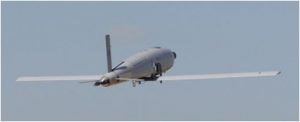
Sky Striker LM: Source-elbitsystems.com
Indigenous Unmanned Aerial System (UAS) manufacturers, backed by the Government’s ‘Make in India’ vision, are all set to occupy center stage in the LM business. Some of these ventures (which include the ALS-50 described previously), are highlighted below: –
- The MoD, in October 2022, floated an RFI for approximately 100 Medium-Range Precision Kill System (MRPKS) LMs and has involved 15 Development Agencies (DAs) for prototype development. Post this, the IA plans to procure 10 sets of MRPKS (120 LMs), under the Make-II category of DAP-2020, indicating design/development by an Indian vendor without Government funding. Procurement would be under Buy (Indian-IDDM [Indigenously Designed, Developed and Manufactured]) category within 24 months from the date of issue of the Supply Order. The LM will have the capability to loiter for up to two hours, from a launch altitude of ≥4000 m, and engage high-value targets at ranges up to 40 km. The EO/IR payload would enable round-the-clock target discrimination. The LM would have abort, re-attack, and re-use capability. The high-mobility launcher vehicle would mount the Onboard Control Station and should be capable of moving on desert tracks/cross-country and in mountainous terrain with full operational load.
- The IA floated another RFI in April 2022 for the procurement of 180 Canister-Launched LMs (CALM) for Mechanised Infantry/Armoured units, along with man-portable ground control systems. Delivery including fitment on AFVs is to be completed within 12 months from the date of signing of the contract. CALM would have a range of up to 15 km, with a launch altitude ≤4500 meters above MSL (thereby making it suitable for deployment in high-altitude areas astride the LC/LAC) and would be equipped with a High-Explosive Anti-Tank (HEAT) warhead, designed to defeat 500mm of Rolled Homogenous Armour, in top-attack mode. It would have a max weight of 25 Kg, loiter time of at least 15 minutes at max range, and endurance of 60 minutes. The RFP indicates that the LM would be mounted on BMP-2K command ICVs as well as the T-72 and T-90 Main Battle Tanks. A similar LM system was used to lethal effect against Armenian AFVs during the Nagorno-Karabakh conflict.
- Indian Defence manufacturer Solar Group, through its subsidiary Economics Explosives Ltd, has collaborated with startup ZMotion Autonomous System Pvt Ltd to develop an indigenous group of tactical LMs for the AF, similar in functionality to the Warmate These man-portable LMs consist of four separate machines- LM0 (Nagastra-1), LM1 (Nagastra-2), LM2 (Nagastra-3), and Hexacopter LMs. Some of these underwent high-altitude trials in Leh in March last year and are under the Innovations for Defence Excellence (iDEX) Program of the MoD, aimed at fostering Defence startups. Nagastra-1 is a single-man portable, single-man operation LM that carries a 1.5 Kg antipersonnel warhead, up to a range of 15 Km. It mounts a camera system that relays real-time video for surveillance/target selection. The LM can engage targets with the help of a GPS/video/ Moving Target Tracking system. Nagastra-1 was showcased at the Niche Technology and Innovation Display organized at Manekshaw Centre, New Delhi on 19 April this year. The IA has reportedly placed an order for 450 of these LMs under the Emergency Procurement clause of Dap-2020 to meet pressing operational requirements. Nagastra-2 is a two-man portable with a larger 4 Kg anti-tank/anti-personnel warhead. This 20 Kg LM uses a portable pneumatic launcher, is recoverable by parachute, and mounts a dual (day/night) sensor for target acquisition/engagement. Nagastra-3 is likely to be a tube/catapult-launched LM and is being developed by the firm as a prototype for MRPKS, as EEL is one of the DAs which has received the MoD Project Sanction Order for prototype development. The Rudrastra Hexacopter is a single-man portable, dual-sensor VTOL system that can be operated from a small launchpad (3mx3m), making it suitable for operations in restricted terrain (high-altitude/jungles), as well as from ships. It has a reconfigurable payload bay which enables it to carry multiple types of warheads. The vendor is reportedly supplying further numbers of these LMs to the AF for user trials.
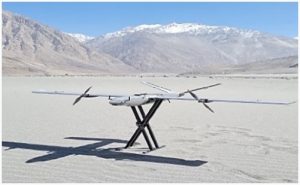


LM0, LM1, and Hexacopter During High-Altitude Trials: Source-bharatshakti.in

Warheads for Hexacopter LM: Source-solargroup.com
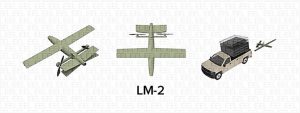
Nagastra-3: Source- solargroup.com
Conclusion
The plethora of indigenous Defence firms/startups contributing to the UAS industry in general and the LM market, in the particular context of this article (the products listed are by no means exhaustive), can only augur well for India’s push towards ‘Atmanirbharta’ in this niche technological space, which is set to become and remain one of the principal influencers and force multipliers in the immediate and foreseeable tactical and operational battlespaces.
Disclaimer
The opinions expressed in this article are the author’s own and do not reflect the views of Chanakya Forum. All information provided in this article including timeliness, completeness, accuracy, suitability or validity of information referenced therein, is the sole responsibility of the author. www.chanakyaforum.com does not assume any responsibility for the same.
Chanakya Forum is now on . Click here to join our channel (@ChanakyaForum) and stay updated with the latest headlines and articles.
Important
We work round the clock to bring you the finest articles and updates from around the world. There is a team that works tirelessly to ensure that you have a seamless reading experience. But all this costs money. Please support us so that we keep doing what we do best. Happy Reading
Support Us









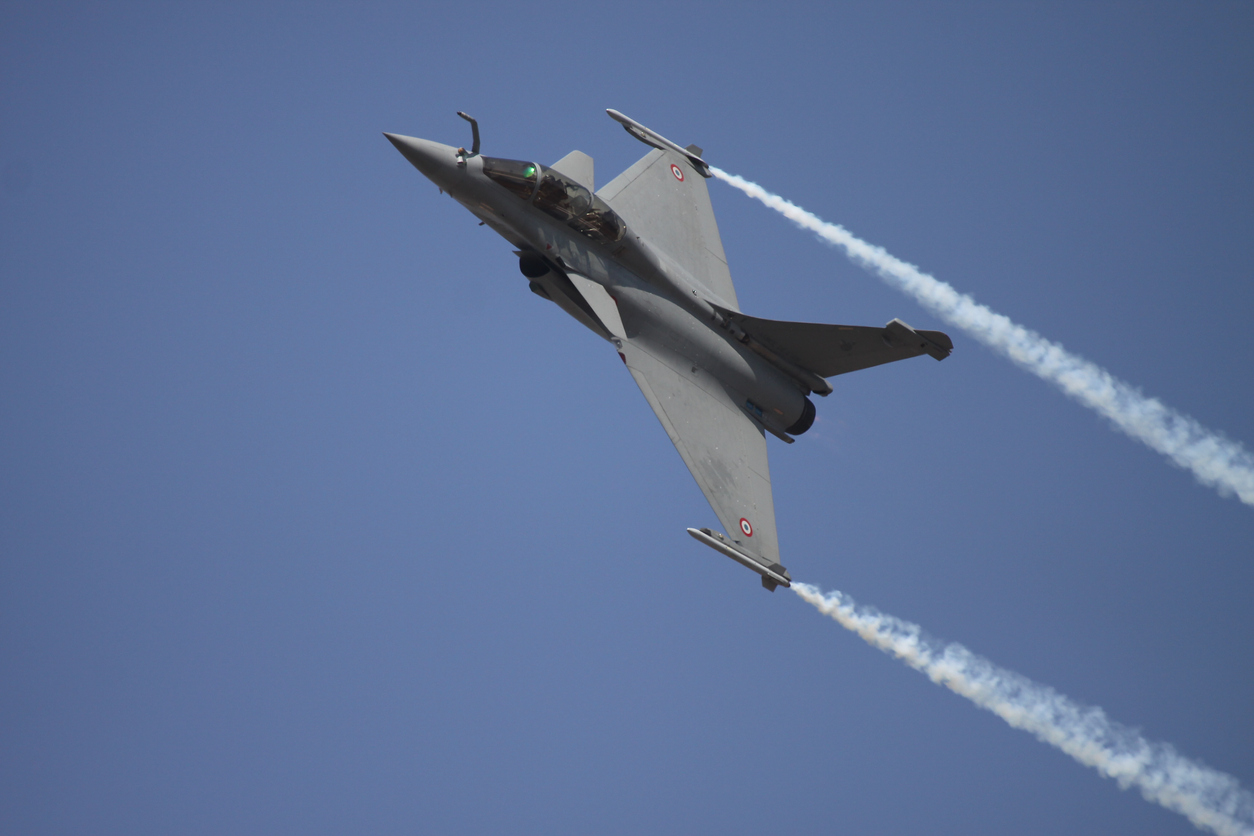



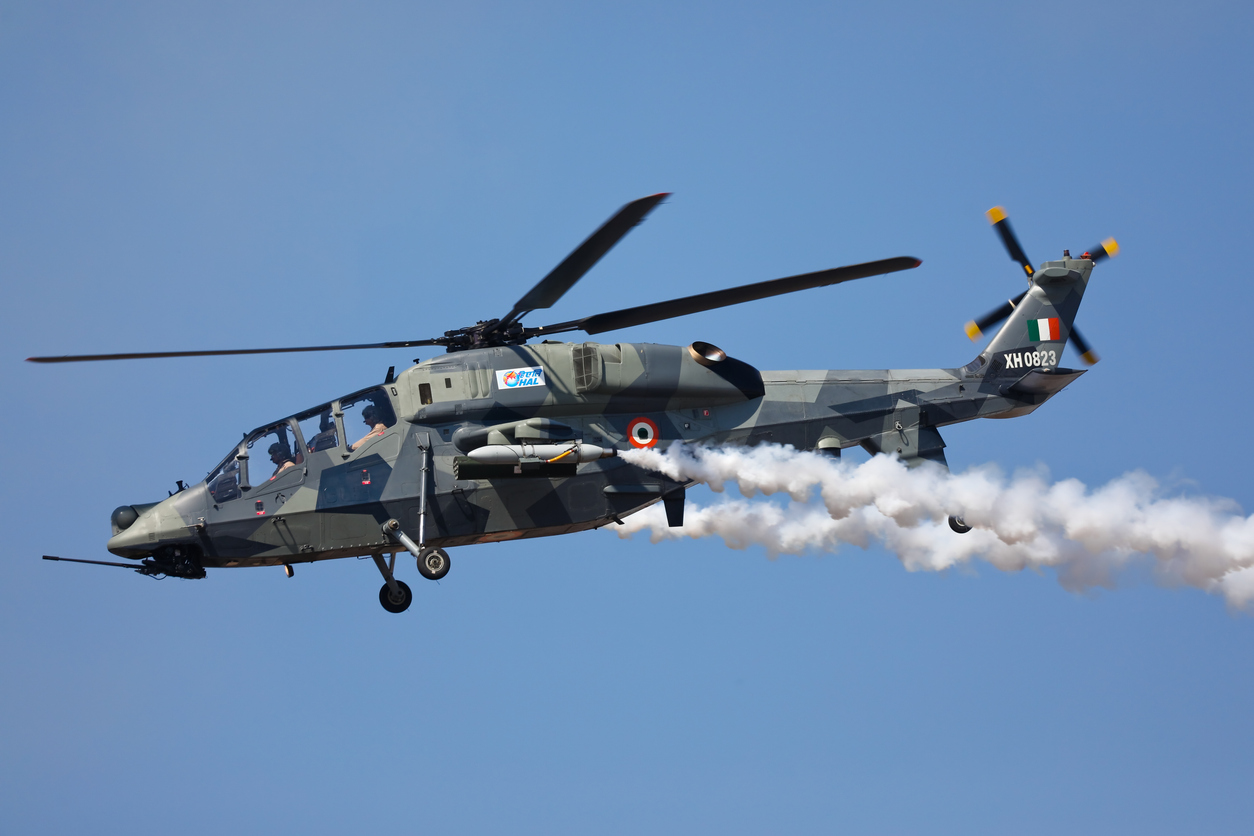







POST COMMENTS (0)